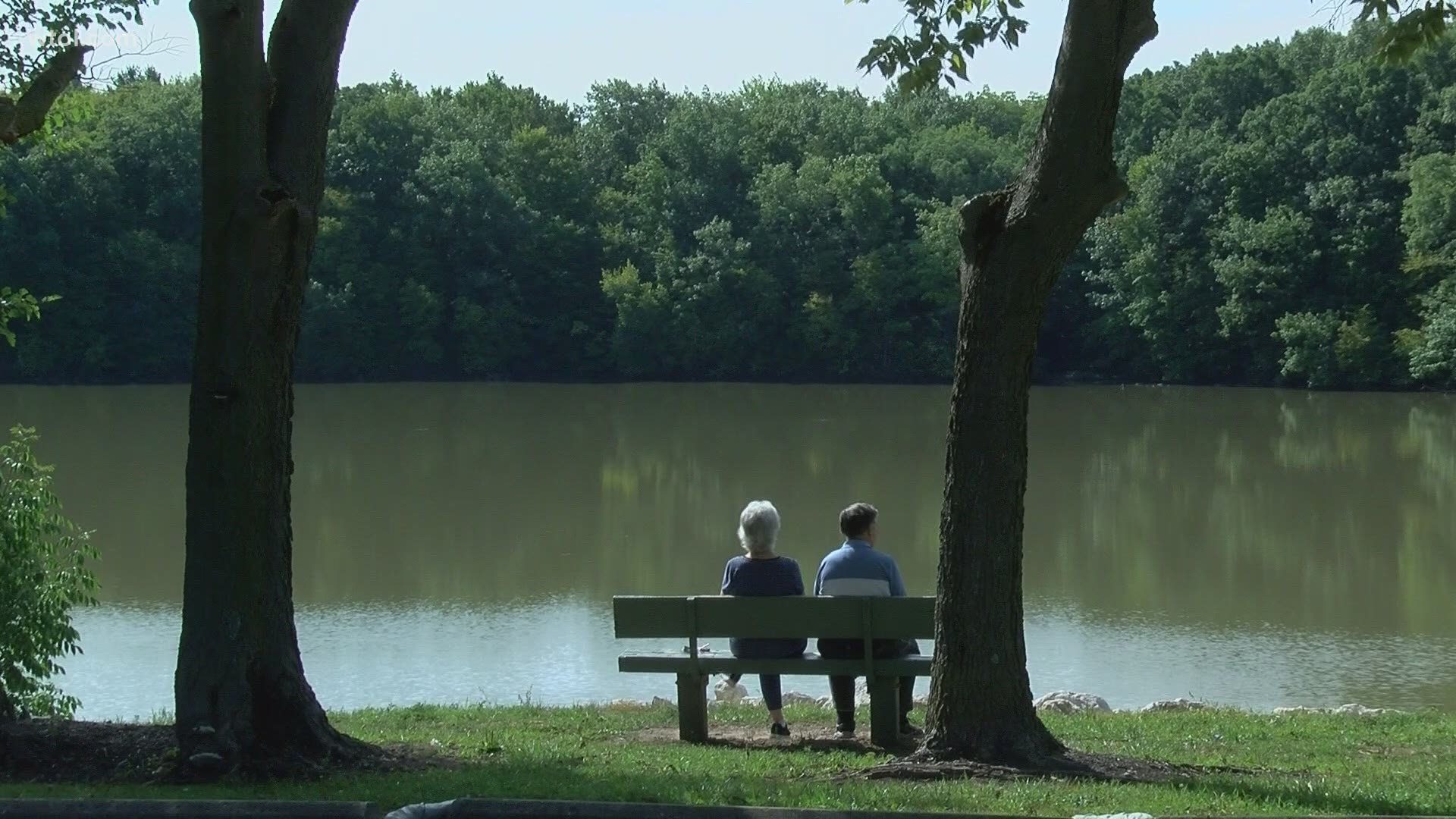TOLEDO, Ohio — Life Insurance is something most of us will buy during our lives.. it's a "Financial Safety Net."
Here's what always confused me. They have two different kinds, term and whole life.
Term, you might buy to cover the mortgage in case you die within 20-to-30 years, so your family has security.
Permanent, or whole life? Think of that as another nest egg for retirement.
While maybe a lot of us have a term life policy through our employer, the bulk of our life insurance should be privately owned.
Lou Ramirez has worked at Savage and Associates since graduating from college. Selling life insurance policies and working in financials is all he wanted to do.
"While I'm working, the income coming home is predicated on me going to work every day, so if I get run over by a Mack truck that income is gone," explained Ramirez. "When I retire, the income is predicated on the assets we have; 401(k), IRA, whatever the assets are, we are living off that."
So the need for life insurance kind of goes away when you retire.
However, if the markets go bad, it's a good source of income to have whole life. It grows at just 4%, but it's guaranteed income.
"As long as the markets are performing when I retire, I can live off my investments. But as soon as there's a downturn, if I can take money out of those investments, that destroys the asset base. So if I can turn that off and take it from life insurance now, I'm not taking assets out of something that's going negative in value.”
A lot of factors go into how much life insurance will cost. Age, health and lifestyle are just a few of those factors.
On average, a healthy 35 year old can buy 20-years of term life million dollar policy for as little as $50 a month.
Whole life is a whole lot more.

